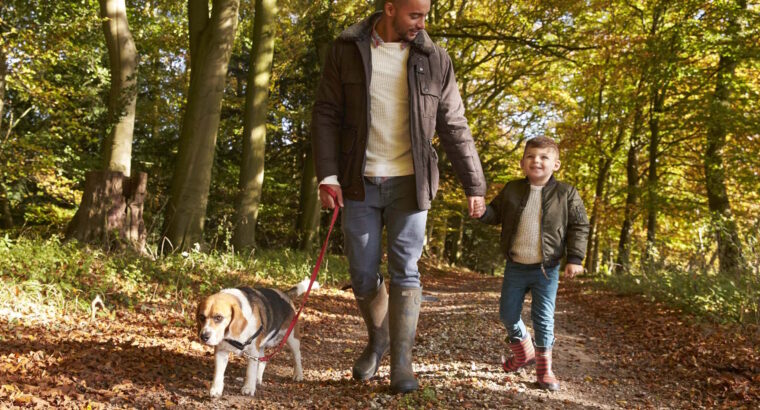Did you know that a Great Dane can create an amount of CO2e each year equivalent to return flights from New York to Paris? When we think about reducing the effect of climate change, our pet’s pawprints are easy to overlook. But we can help to reduce our furry (or not!) friends’ impact on the environment.
The numbers
Yes, Great Danes are large, and they can create up to 4 tons of CO2e every year. However, even an average-sized dog can create a 1-ton carbon footprint each year. Our feline friends have an impact too, with the average, medium-sized cat creating around 310kg of CO2e per year.
Where are the emissions from?
Emissions are connected to food, treats, accessories, vet care, poo bags, and even cat litter.
How can we reduce our pet’s carbon pawprint?
1. Consider your pet’s diet
Our pet’s carnivorous diet has the biggest impact and creates the most CO2e. To reduce it, consider changing to more chicken or fish-based food, or you could try sustainable insect-based food. Make sure their food is sustainably sourced, for fish, you can check it’s been Marine Stewardship Council certified.
2. Recycle, recycle, recycle
It’s not just what they eat, but what the food comes in. If your pet eats wet food, tins are a good option as they are widely recycled. If you use pouches, look for a recycling scheme you can take them to. For dry food, most manufacturers use recyclable packaging, so check the food packet for details.
3. Go big
If you’re buying dry food, consider buying large bags where possible.
4. Use the scales
By weighing your pet’s food out, you can reduce waste. As a bonus, it can also help keep your pet at a healthy weight.
5. Think about plastic at playtime
There are lots of toys out there now that are built to last or are made from recyclable materials. Try to avoid flimsy or plastic toys that will end up straight in the bin.
6. Plastic-free poo picking
To save on filling up landfill with plastic poo bags, look for biodegradable or compostable options. If all dog owners in the UK switched away from plastic, it would account for about 8.75 billion plastic bags each year.
7. Switch up your cat litter
You can now buy cat litter made from wood, or even grains. This means it’s compostable. Some cats struggle with a change in their litter, so try introducing it slowly over time until they’re comfortable with the new, better-for-the-environment, litter.

